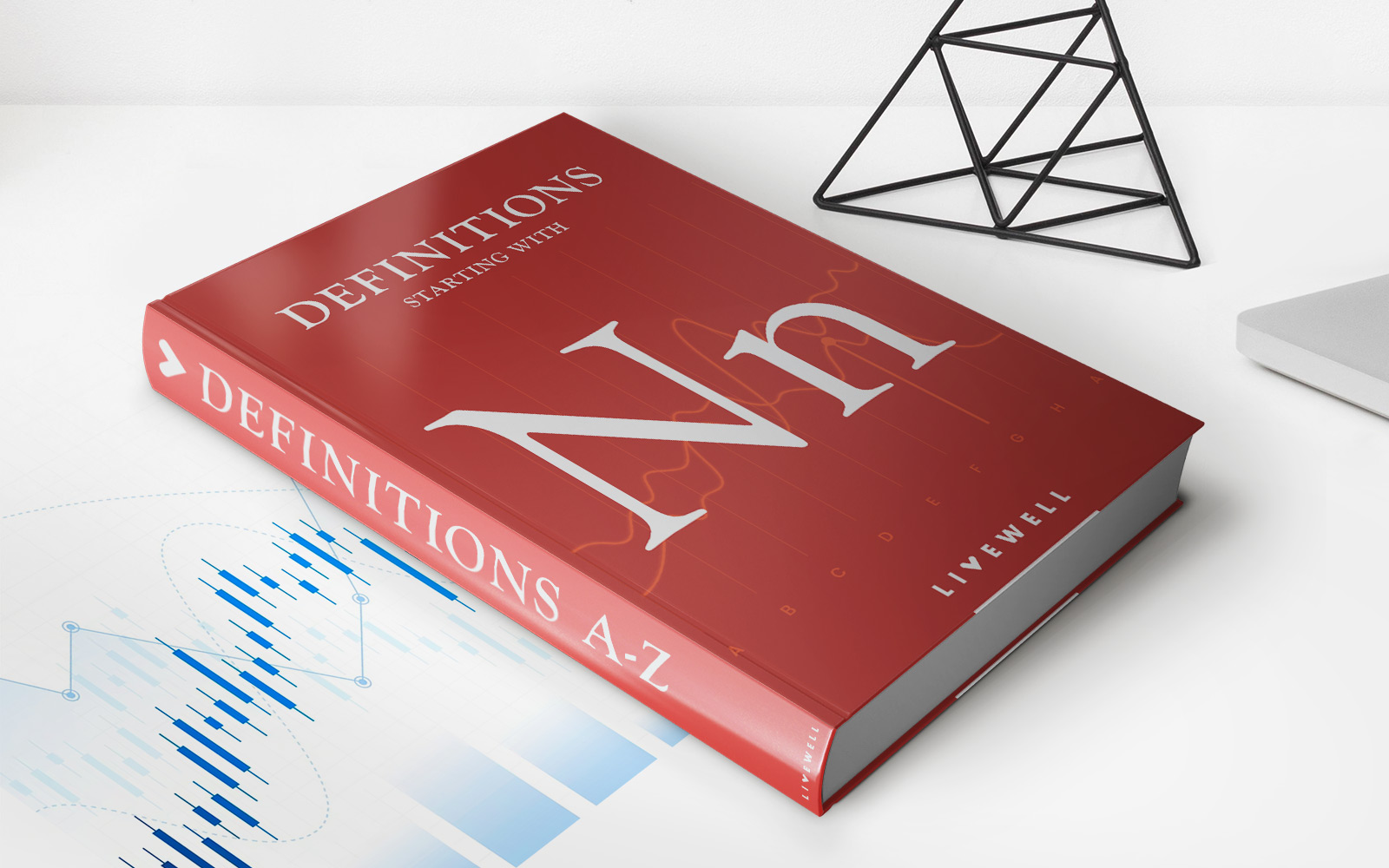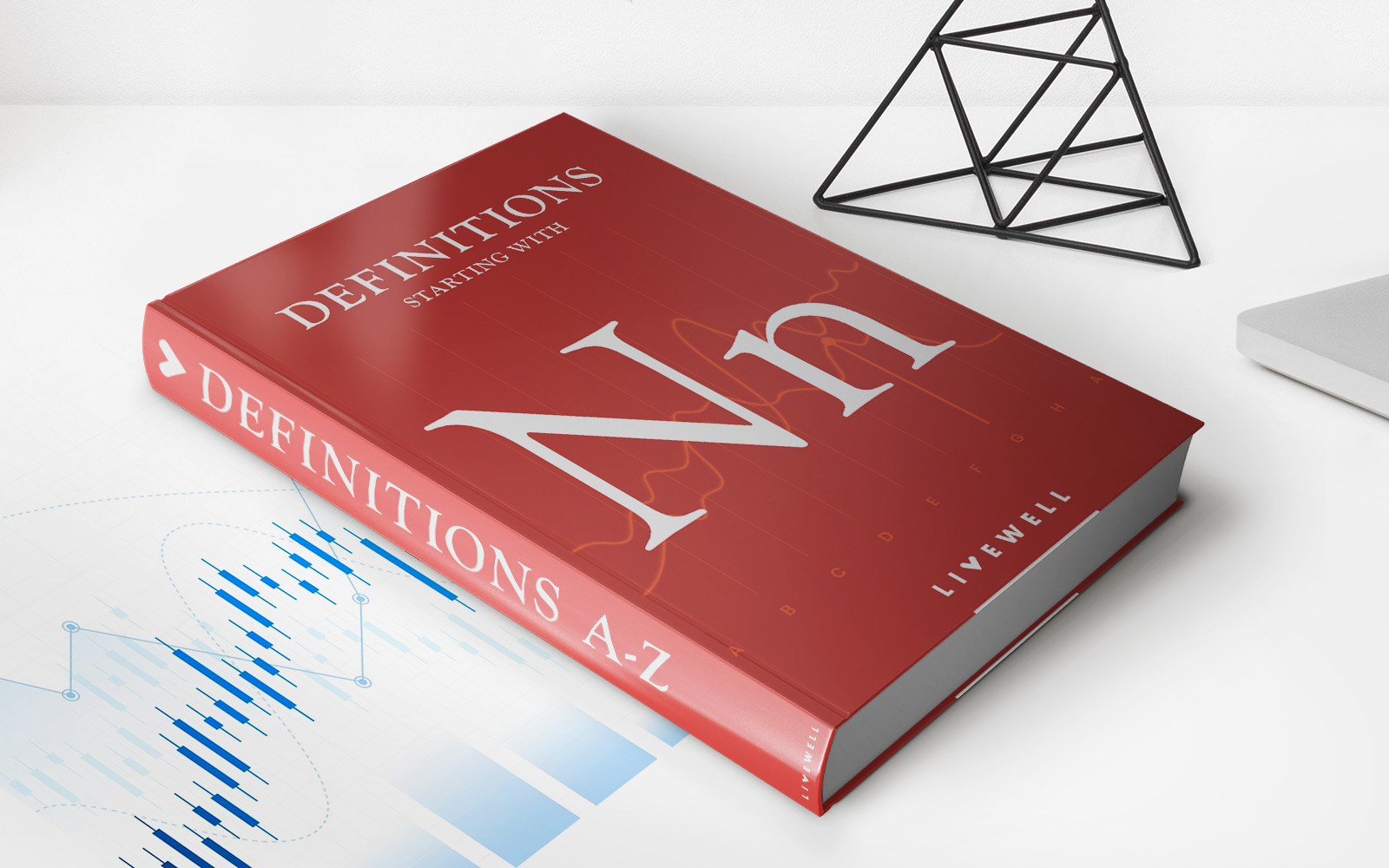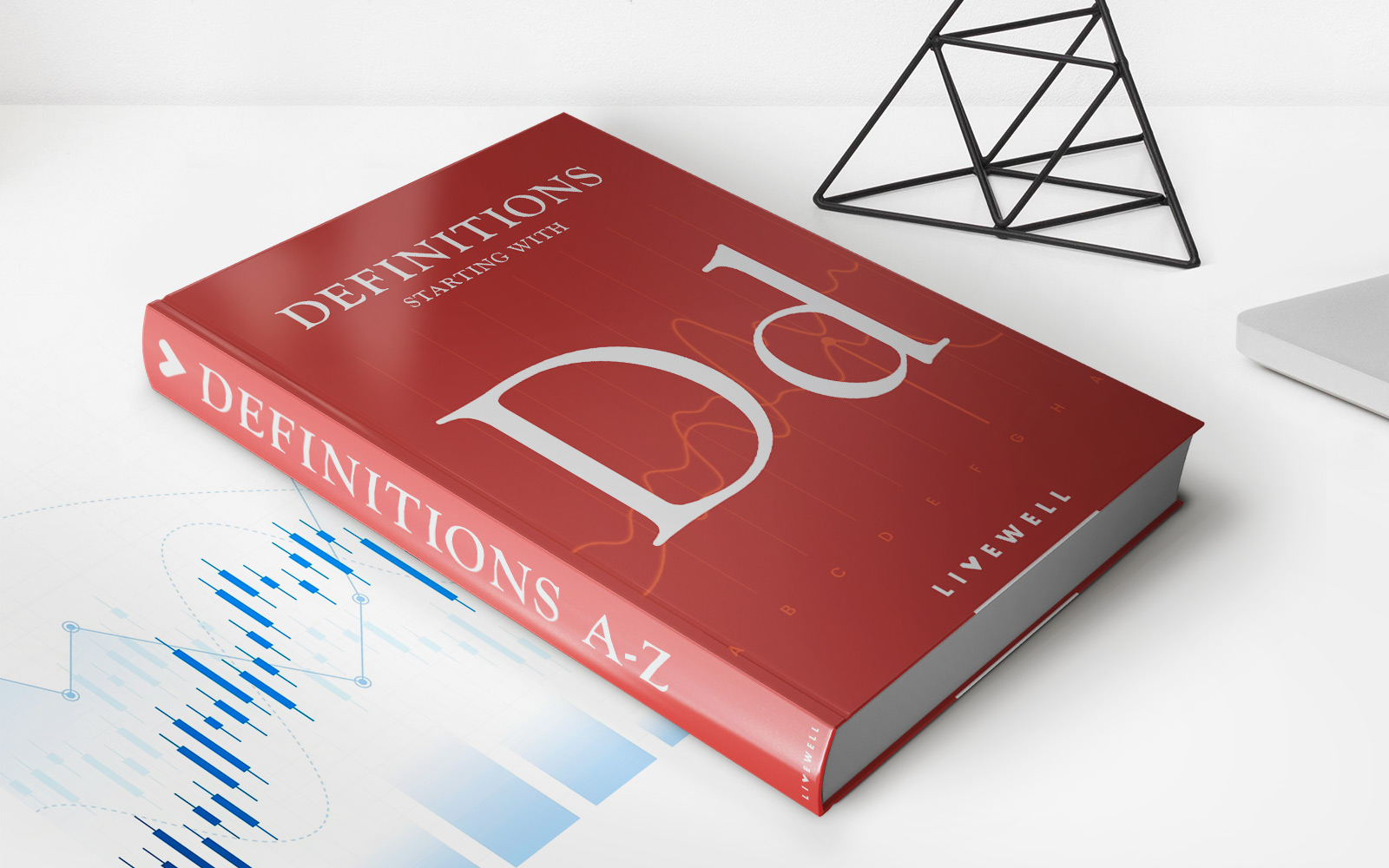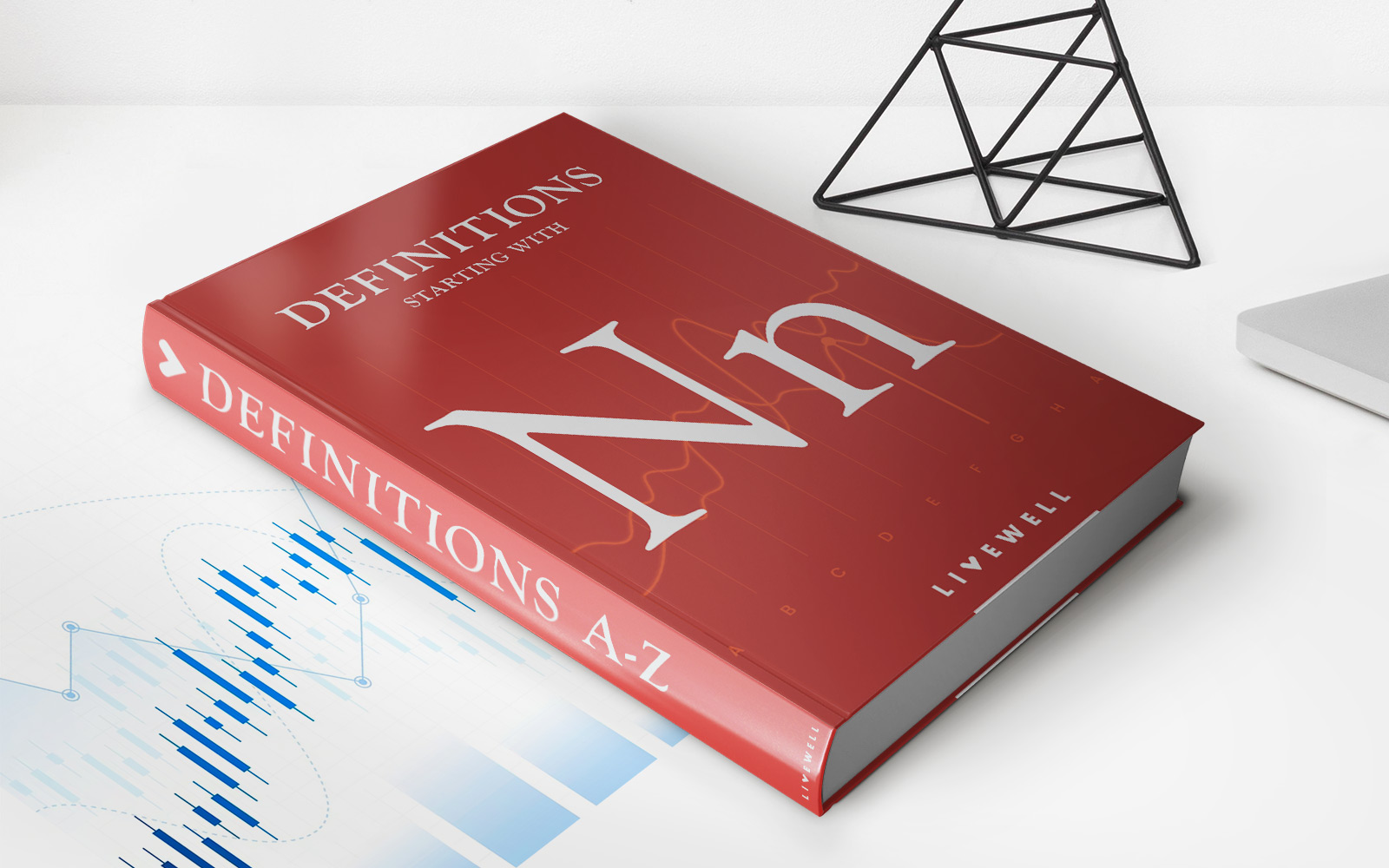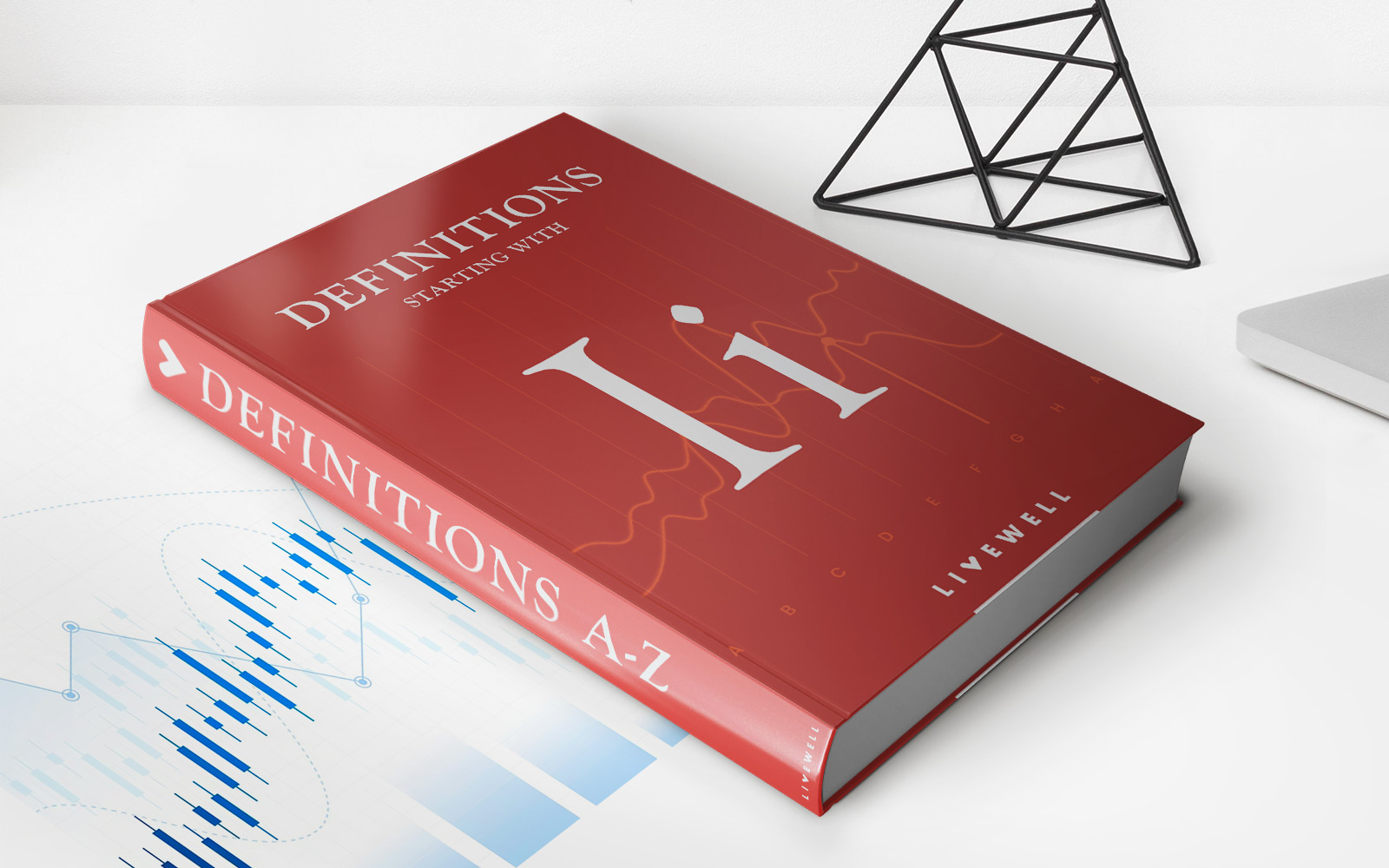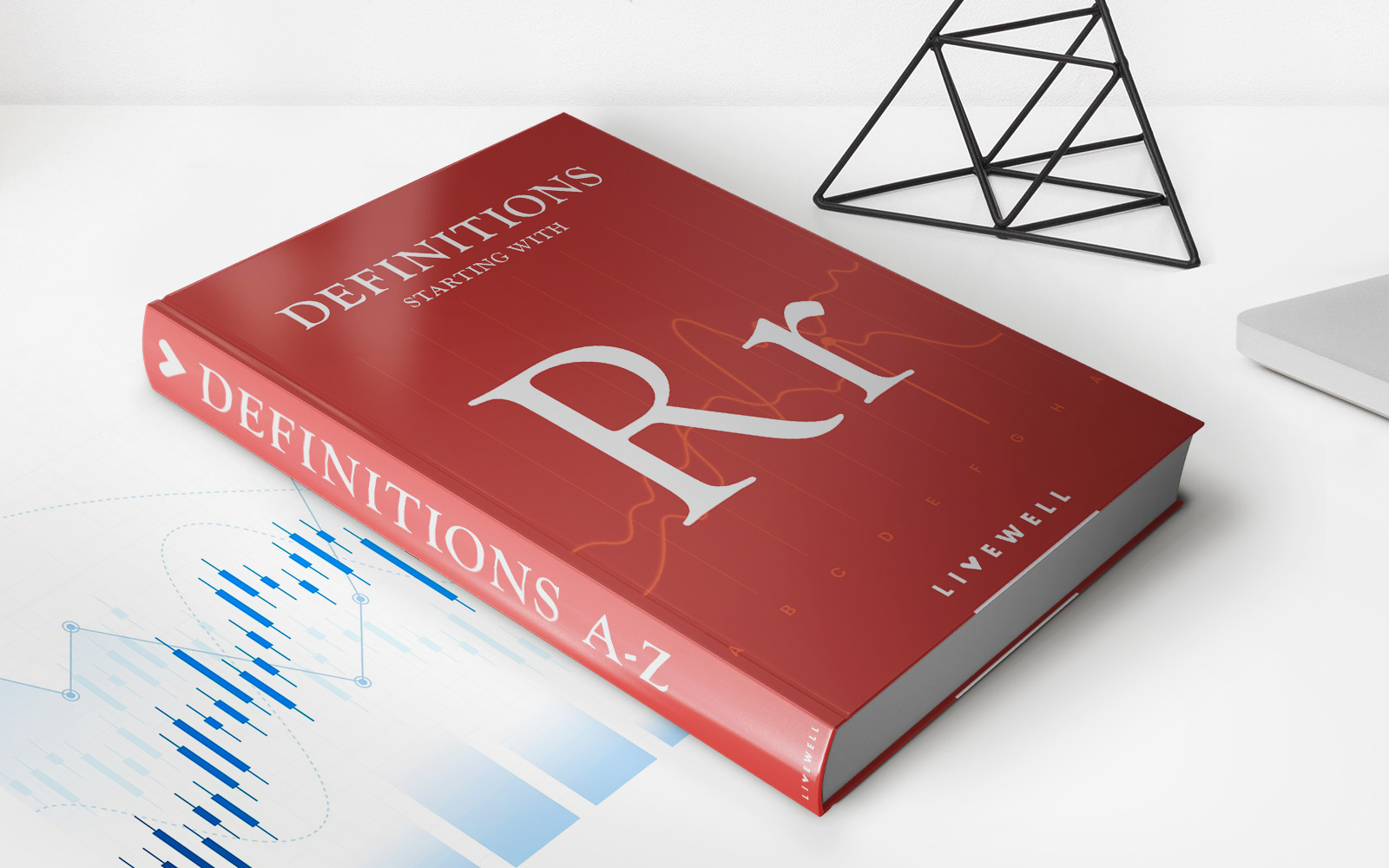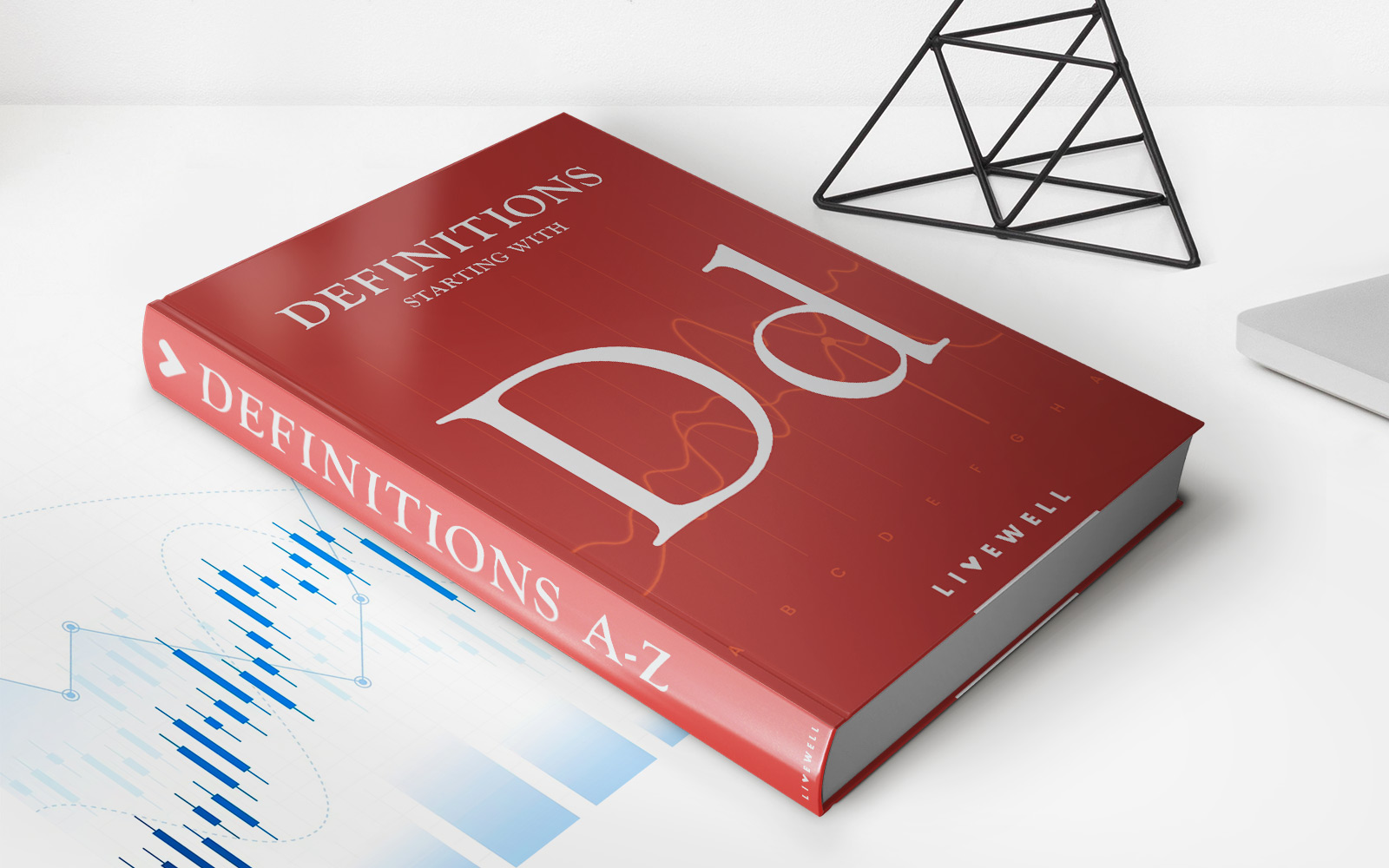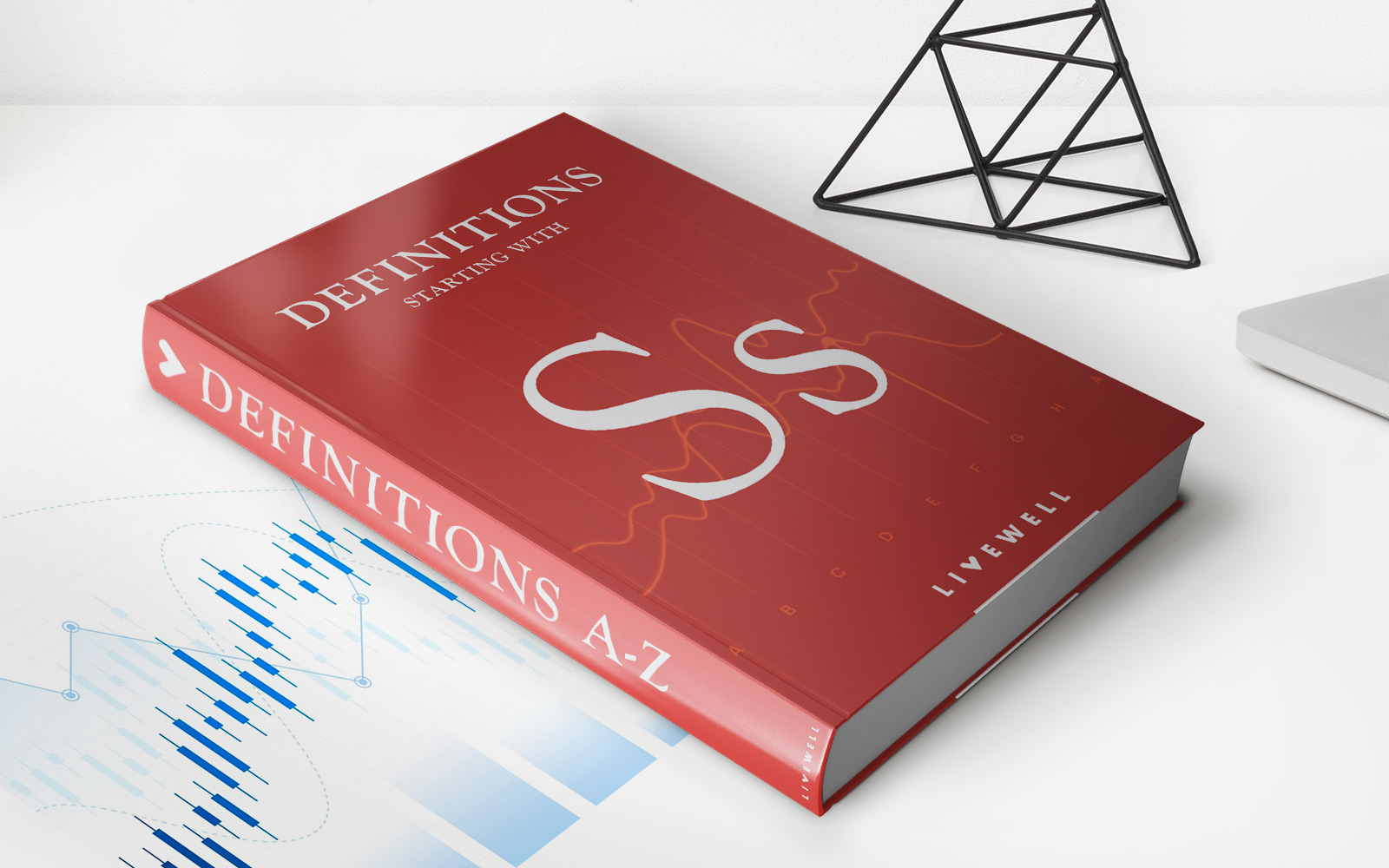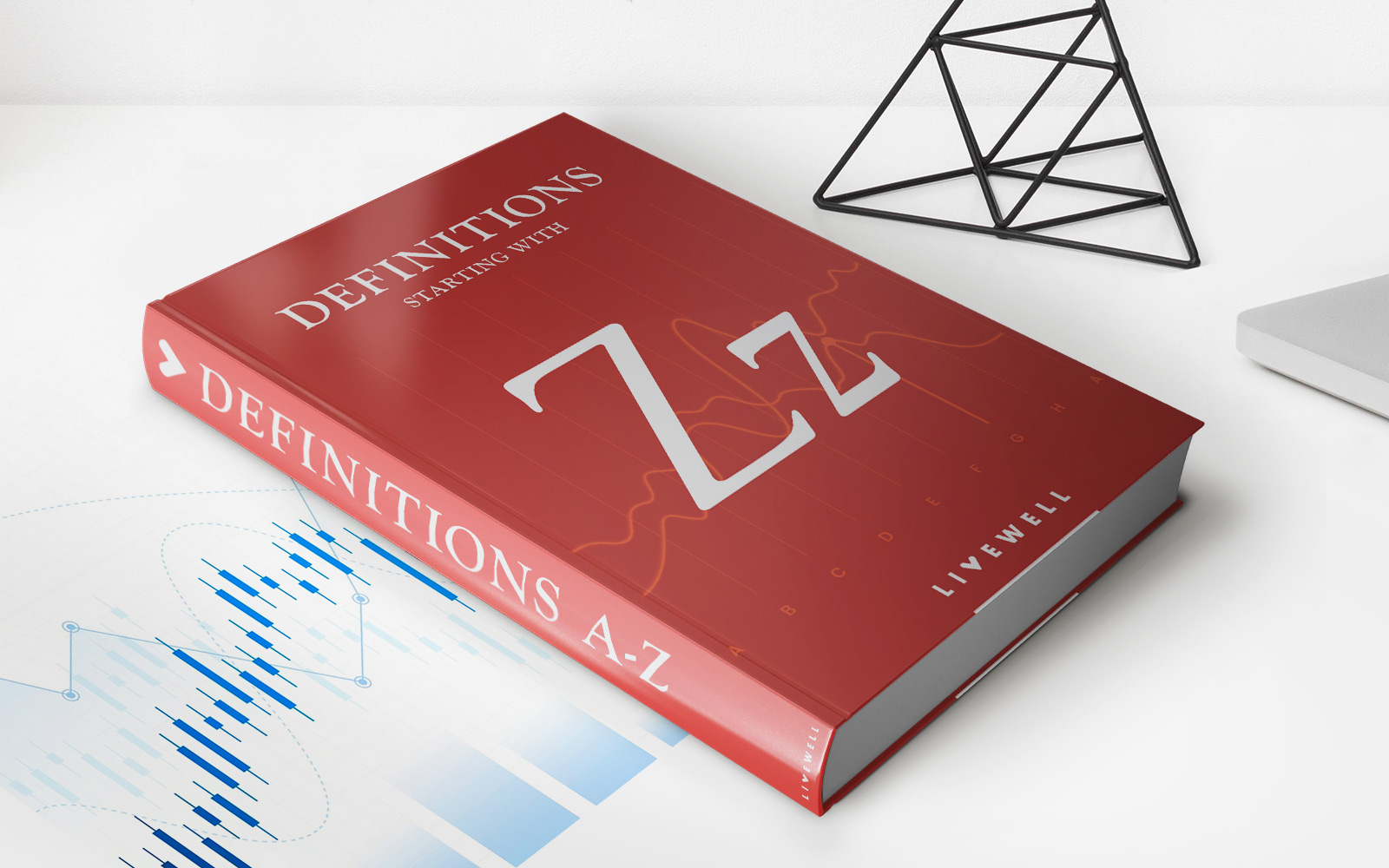Home>Finance>Negotiable Instruments: Definition, Types, And Examples
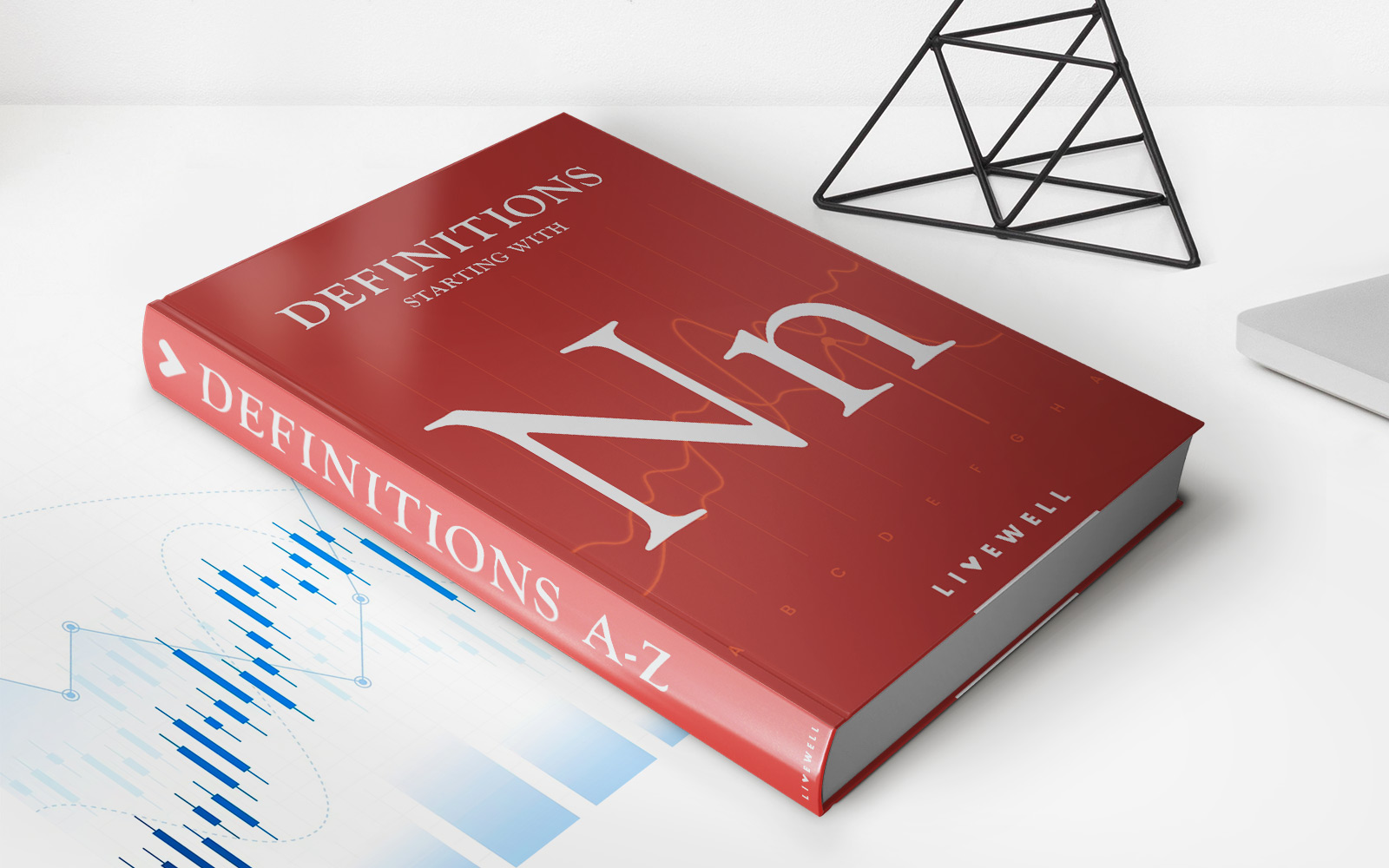

Finance
Negotiable Instruments: Definition, Types, And Examples
Modified: December 30, 2023
Discover the world of negotiable instruments in finance. Explore their definition, types, and practical examples to enhance your understanding of this crucial financial concept.
(Many of the links in this article redirect to a specific reviewed product. Your purchase of these products through affiliate links helps to generate commission for LiveWell, at no extra cost. Learn more)
Understanding Negotiable Instruments: Definition, Types, and Examples
Finance is a wide field that encompasses various aspects of money management, and one important topic within this realm is negotiable instruments. If you’re curious about negotiable instruments and want to learn more about their definition, types, and examples, then you’ve come to the right place. In this blog post, we’ll break down the concept of negotiable instruments, providing you with valuable insights into this financial tool.
Key Takeaways:
- Negotiable instruments are transferable documents that guarantee the payment of a specific amount of money to the holder or a designated person.
- The most common types of negotiable instruments include checks, promissory notes, and bills of exchange.
Before diving into the details, let’s start with the definition. Negotiable instruments are essentially transferable documents that guarantee the payment of a specific amount of money to the holder or a designated person. These instruments enable individuals and businesses to facilitate transactions and simplify financial exchanges.
Now, let’s explore the various types of negotiable instruments:
- Checks: Checks are the most commonly used negotiable instruments. They are drawn by an individual or company on their bank account, authorizing the recipient to collect the specified amount from the bank.
- Promissory Notes: Promissory notes are written promises issued by one party (the maker) to pay a specific amount to another party (the payee) within a specified timeframe. These instruments are commonly used in lending and borrowing transactions.
- Bills of Exchange: Bills of exchange are documents that order one party (the drawee) to pay a specific amount of money to another party (the payee) at a predetermined future date. This negotiable instrument is often used in international trade transactions.
Let’s take a closer look at some examples of negotiable instruments:
- A customer writes a check to a clothing store to pay for their purchase.
- A business issues a promissory note to a supplier for goods or services received on credit.
- An exporter uses a bill of exchange to receive payment from an importer for goods shipped overseas.
Negotiable instruments play a vital role in the financial world, as they provide a level of security and confidence in financial transactions. By understanding their definition, types, and examples, you can make better financial decisions and navigate the complexities of money management more effectively.
To sum it up, negotiable instruments are transferable documents that guarantee payment, with checks, promissory notes, and bills of exchange being the most common types. Whether you’re using a check to pay for your groceries, issuing a promissory note for a loan, or utilizing a bill of exchange for international trade, these negotiable instruments contribute to the smooth functioning of financial transactions.

